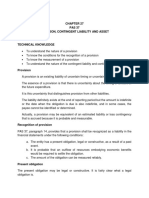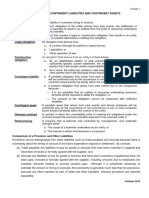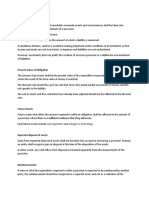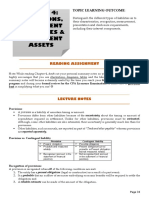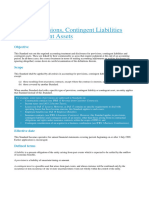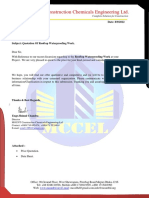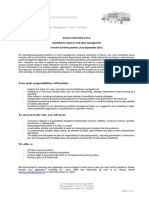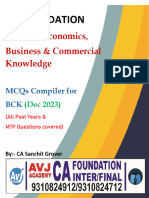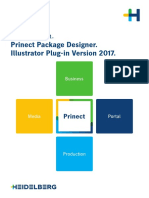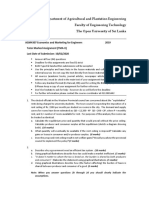0% found this document useful (0 votes)
168 views42 pagesCFAS Module 8
This document provides an overview of accounting for provisions, revenue contracts, employee benefits, and share-based payments. It defines key terms like provisions, revenue contracts, and performance obligations. It explains the recognition, measurement, and disclosure requirements for provisions and the 5-step process for recognizing revenue. It also distinguishes between employee benefits and share-based payments.
Uploaded by
Eu NiceCopyright
© © All Rights Reserved
We take content rights seriously. If you suspect this is your content, claim it here.
Available Formats
Download as PDF, TXT or read online on Scribd
0% found this document useful (0 votes)
168 views42 pagesCFAS Module 8
This document provides an overview of accounting for provisions, revenue contracts, employee benefits, and share-based payments. It defines key terms like provisions, revenue contracts, and performance obligations. It explains the recognition, measurement, and disclosure requirements for provisions and the 5-step process for recognizing revenue. It also distinguishes between employee benefits and share-based payments.
Uploaded by
Eu NiceCopyright
© © All Rights Reserved
We take content rights seriously. If you suspect this is your content, claim it here.
Available Formats
Download as PDF, TXT or read online on Scribd
/ 42

